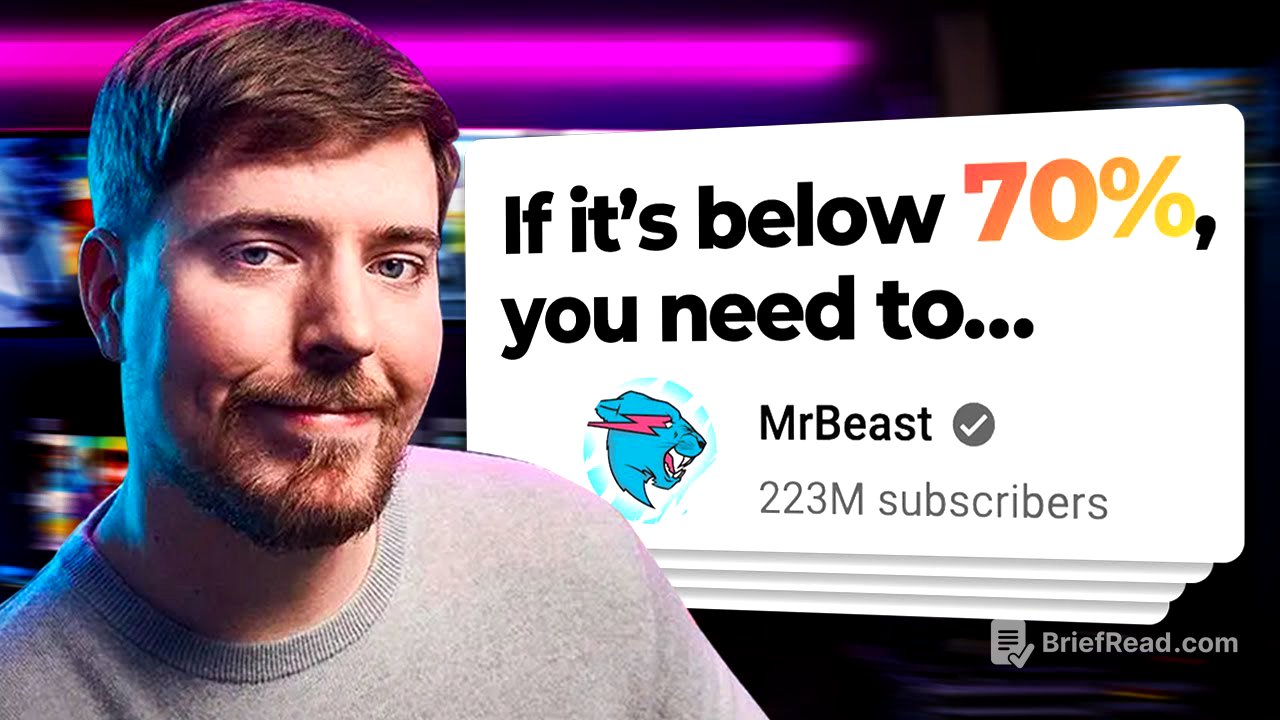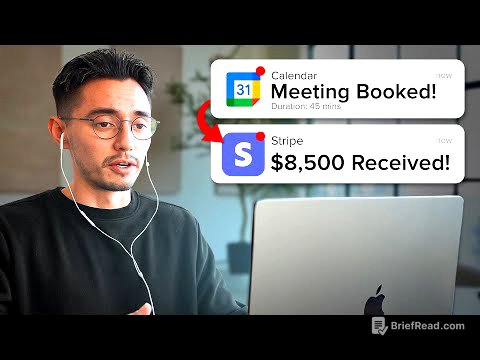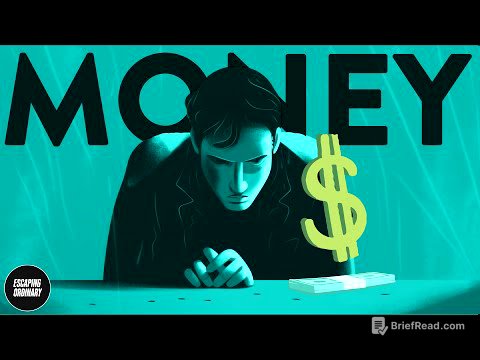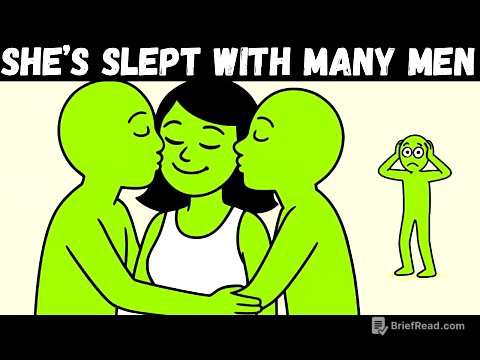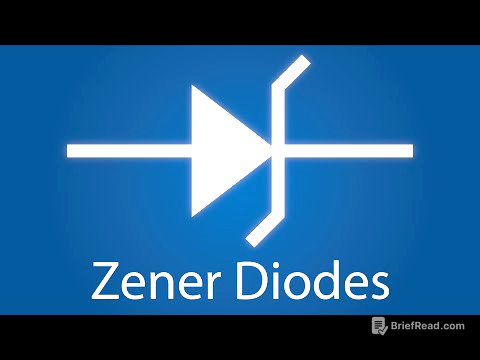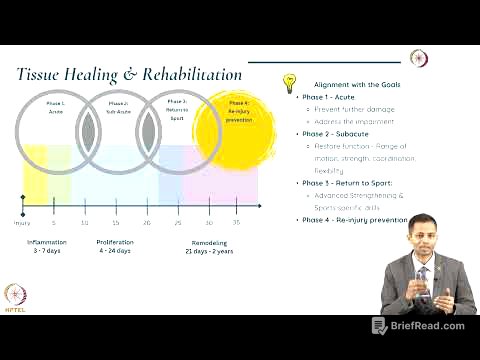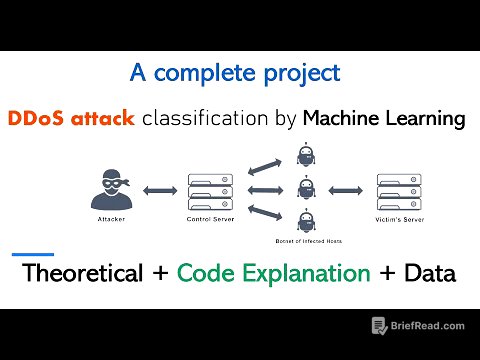TLDR;
This video explores how to improve audience retention on YouTube by understanding why viewers drop off and implementing strategies used by top creators. It highlights the importance of maintaining visual consistency, reinforcing the base concept, and overstimulating viewers with visuals in the initial seconds. Additionally, it covers tactics for keeping viewers engaged throughout the video, such as breaking sensory monotony and augmenting the main story with subplots. The key takeaway is that proactively addressing viewers' doubts and expectations is crucial for maintaining high retention rates.
- Aim for a 70% audience retention rate.
- Maintain visual consistency between thumbnail and the first 5 seconds.
- Overstimulate viewers with visuals by changing shots frequently.
- Break sensory monotony and augment the main story with subplots.
Intro [0:00]
The video introduces the concept of audience retention and its importance on YouTube. It references MrBeast and Logan Paul as examples of creators with high retention rates (60-80% overall, 75-85% in the first 30 seconds). The video aims to explain why viewers drop off, what top creators do to keep them hooked, and the science behind these retention tactics.
Average audience retention rate of top creators [0:14]
The video uses MrBeast and Logan Paul as examples, noting their audience retention rates typically range from 60% to 80%. Notably, both creators maintain a retention rate of 75% to 85% within the first 30 seconds of their videos.
What is audience retention rate? [0:56]
Audience retention is defined as a metric that measures how well a video retains viewers' attention throughout its duration. For example, a 10-minute video with a 60% audience retention rate means viewers watch it for approximately 6 minutes on average.
Why does audience retention rate matter? [1:16]
Audience retention, combined with click-through rate, significantly impacts the number of views a video receives. A high click-through rate gets people to click on your video, and high audience retention ensures they watch it for a longer duration. These factors signal to the YouTube algorithm that the video is worth promoting to a wider audience.
Why do viewers drop off from a video? [1:59]
Viewers drop off when the expected payoff value of a video decreases in their minds. The title and thumbnail make a promise, setting an expected payoff. If viewers doubt this payoff, they stop watching. Creators should proactively address these doubts to keep viewers engaged.
#1 Doubt that makes viewers drop off [2:30]
The first doubt viewers have is whether the video is actually about what they think it is. This doubt arises almost immediately after clicking on the video.
Tactic #1 and how to use it [2:47]
To tackle this doubt, creators should maintain visual consistency between the thumbnail and the first 5 seconds of the video. MrBeast's videos are used as an example, where the initial seconds mirror the thumbnail. This consistency assures viewers that the video aligns with their expectations, preventing early drop-offs. Overlaying keywords in the first 5 seconds can also reinforce the video's topic, especially since viewers often preview videos without audio.
Tactic #2 and how to use it [3:50]
Reinforce the base concept at the start of the video. Top creators clearly state what the video is about in the first few sentences, tying it back to the expectations set by the title and thumbnail. This reinforces the expected payoff value, giving viewers a reason to continue watching.
#2 Doubt that makes viewers drop off [4:46]
The second doubt viewers have is whether there is anything unique about the video that makes it worth watching.
Tactic #3 and how to use it [4:50]
Creators should "show, don't tell" viewers why the video is unmissable. Depending on the genre, this can involve showcasing what is at stake (as in MrBeast's challenges) or providing a glimpse into interesting insights (as in Cleo Abram's edutainment videos). The goal is to give a trailer of sorts, highlighting the video's high notes without revealing everything.
Tactic #4 and how to use it [6:07]
Top creators overstimulate viewers with a lot of visuals. Research indicates they change the shot every 1.7 seconds on average, with about 19 shots in the first 30 seconds. Less than 20% of shots involve a simple talking head or b-roll footage reinforcing the video's base concept. The idea is to throw a barrage of hooks at the viewer, increasing the likelihood they'll latch onto something that drives up the video's payoff value.
How do top creators construct the first 30 seconds of their video? [6:24]
Top creators change the shot frequently (every 1.7 seconds), include approximately 19 shots in the first 30 seconds, and limit talking-head shots to less than 20% of the total.
#3 Doubt that makes viewers drop off [7:59]
The main doubt viewers have is whether there is anything else left to watch in the video.
Tactic #5 and how to use it [8:10]
Top creators break sensory monotony using various pattern interrupts. Common methods include changing the background, using text overlays, switching camera angles, and incorporating b-roll footage. This tactic is also used in Hollywood films, where the average shot length has decreased to hold viewers' attention. Beyond the 30-second mark, ensure something changes every 5 to 10 seconds.
Tactic #6 and how to use it [9:55]
Augment the main story with a subplot. MrBeast suggests that longer videos benefit from introducing a side story to re-engage viewers and prevent boredom. This can be implemented differently depending on the genre, but the core idea is to add layers to the narrative to maintain interest.
Outro [11:50]
The video concludes by encouraging viewers to like and subscribe for more content. A graphic summarising the tactics discussed is offered as a free download.
